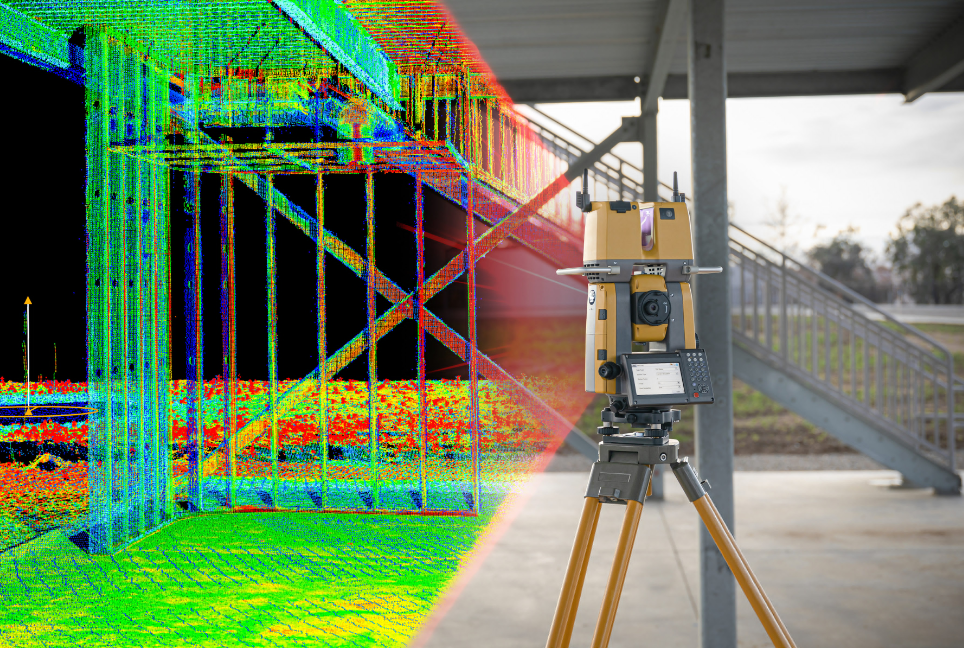How 3D Laser Scanning Shape Architecture and Construction
In recent years, technological advancements have ushered in a new era for architecture and construction, transforming the way projects are conceptualized, planned, and executed. One such groundbreaking innovation is 3D laser scanning, a revolutionary method that has reshaped the industry landscape. In this article, we will explore how 3D laser scanning has emerged as a game-changer, replacing traditional approaches and significantly enhancing the efficiency and precision of architectural and construction processes.
Understanding the Essence
At its core, it is a non-invasive, high-precision technique that captures the spatial data of objects and environments using laser beams. This technology enables architects, engineers, and construction professionals to obtain an accurate three-dimensional representation of existing structures, landscapes, and rural land services. The seamless integration of this data into computer-aided design (CAD) software has revolutionized the industry, making it possible to create virtual models with unparalleled detail and accuracy.
Streamlining Architectural Surveying
Traditionally, conducting surveys for architectural projects has been a laborious and time-consuming process. However, it has disrupted this paradigm, offering an efficient alternative that expedites the surveying phase significantly. By employing laser scanners, professionals can swiftly capture intricate details of a building’s exterior and interior, including its facades, structural elements, and spatial dimensions.
Precision in As-Built Documentation
In the realm of construction, accuracy in as-built documentation is paramount. Historically, manual measurements have often led to discrepancies between the intended design and the actual structure.
Assessing Structural Integrity and Retrofitting
In the realm of architecture, existing structures often require assessment and retrofitting to meet modern standards and safety regulations. It empowers professionals to conduct comprehensive structural analyses with unprecedented precision. By capturing minute details of a building’s framework and geometry, engineers can identify potential weaknesses, design optimal retrofitting strategies, and enhance the overall resilience of the structure.
Minimizing Environmental Impact on Rural Land Service
As the world turns its focus toward sustainability and environmental conservation, it has a role to play in rural land services. Through highly accurate topographic mapping and landscape modelling, this technology enables professionals to plan and execute construction projects with minimal disturbance to the environment. Whether it’s for infrastructure development, conservation efforts, or resource management, it proves to be a valuable asset in promoting eco-friendly practices.
Conclusion:
In conclusion, 3D laser scanning stands as a beacon of innovation in the realms of architecture and construction. By revolutionizing surveying processes, enhancing BIM integration, ensuring precision in as-built documentation, and promoting sustainable practices in rural land services.





